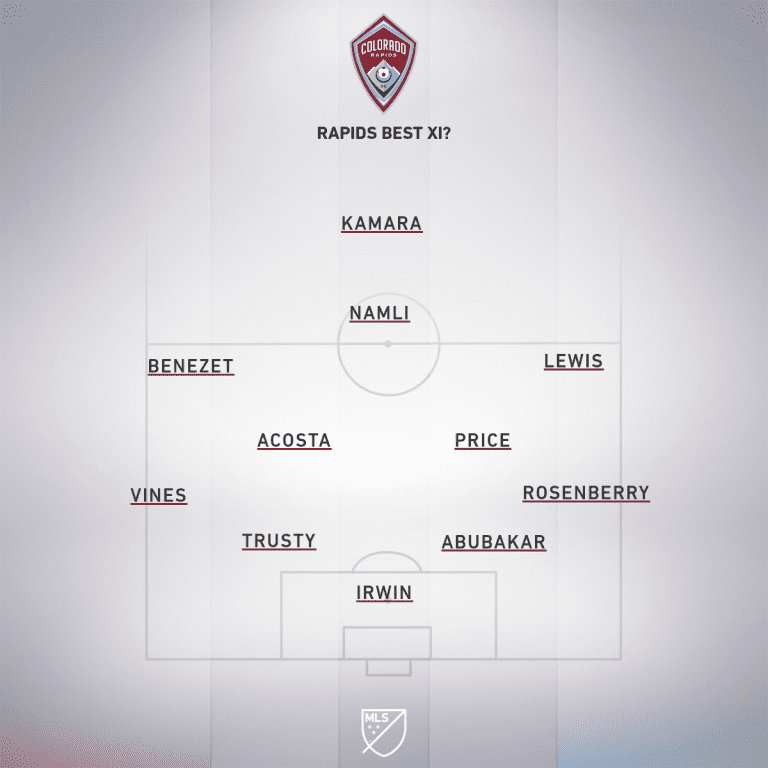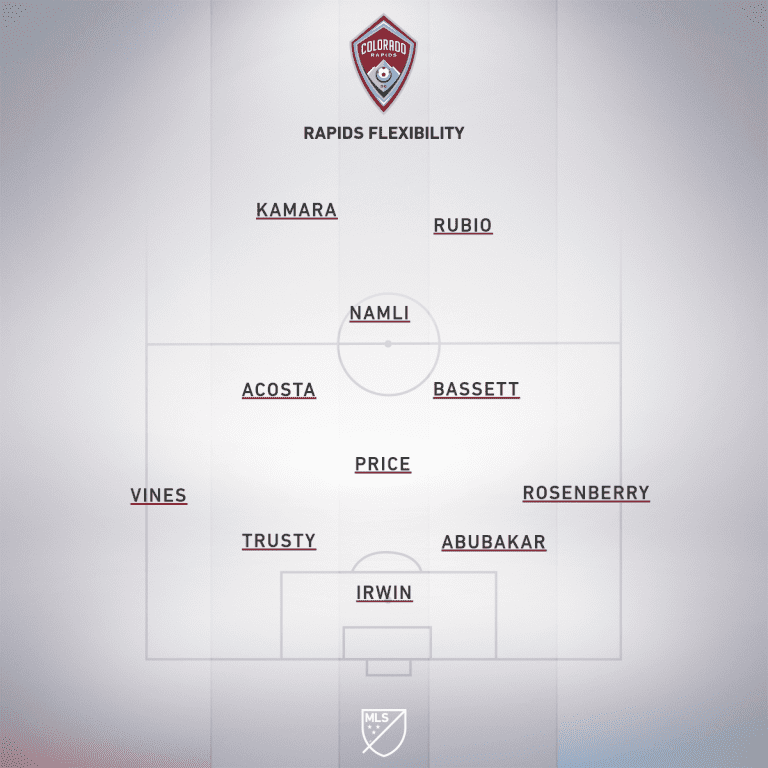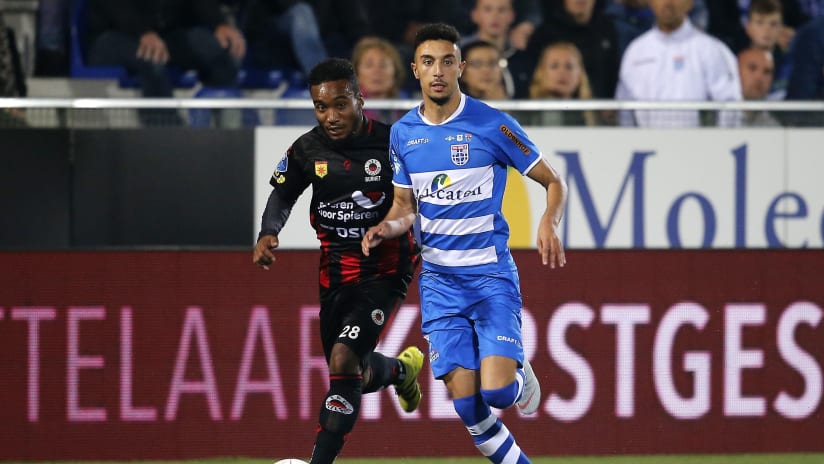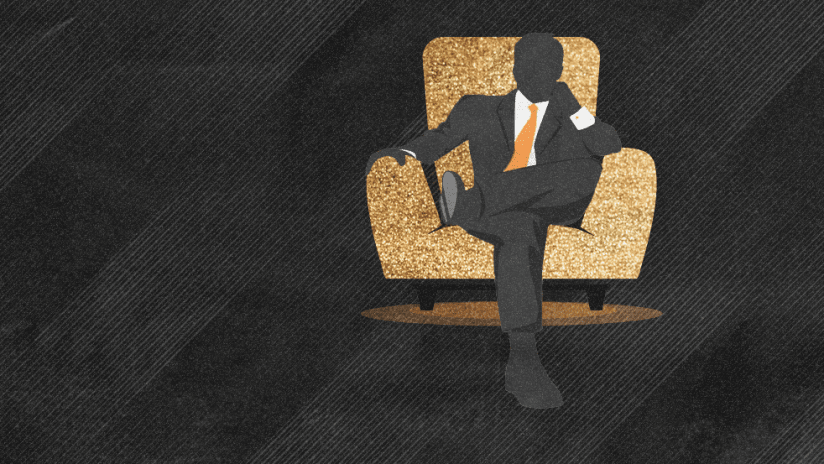Amid a slog through the unforgiving desert of three straight playoff-less seasons, 2020 has been an oasis of hope along the horizon for the Colorado Rapids for the better part of 18 months.
Salary cap and roster flexibility would be abundant, room for quality players as far down the roster list as the eye could see. A future of Dick's Sporting Goods Park hosting playoff matches again (another snow game, anyone?) wouldn't seem so far-fetched.
Last season came with hope, too. Not quite the level of 2020, when the club would have three Designated Player slots open as well as further contracts expiring, but hope nonetheless. It turns out that hope is a dangerous thing.
The season began catastrophically and the club dug a hole seemingly too deep to climb out of by May, resulting in head coach Anthony Hudson's departure, but then things began to turn around. Under interim head coach Conor Casey — then Robin Fraser — the Rapids played at a playoff pace, as a cadre of promising youngsters and a style leaning on exciting transition play made the club a neutral's favorite.
Well, 2020 is here. And so are the Rapids, meticulously building their roster through key winter signings to accentuate last year's core. Here's how it was done and what it could look like on the pitch.
Buy-low ethos
Matt Doyle endearingly referred to the Rapids as Distressed Assets SC, a club looking to buy low on promising talents to give them a fresh start. Kellyn Acosta kicked off that particular initiative during 2018 following an underwhelming batch of foreign-based acquisitions heading into the season. Then came Keegan Rosenberry, Jonathan Lewis and Lalas Abubakar (on loan) last season, all three working out quite well for their new team.
As such, their first acquisition this offseason fell under that ethos as they acquired Auston Trusty from the Philadelphia Union after the player fell out of favor and couldn't agree to a new contract. Then they permanently acquired Abubakar, giving them a young, mobile center back pairing for the future.
After fortifying their backline, the club dipped back into the international market for the first time since before the 2018 season, but it still loosely fit the distressed assets category.
In Younes Namli, the club picked up a DP No. 10 they hope will raise their ceiling and be an attacking star. His quality is evident, to the point where a consistent Europa League club went in and signed him, and at 25 he's entering his prime. But the buy-low portion of his timeline is that he made six league starts in his half-season with the club, just one of which came between mid-August and the club's winter break in December.
Their latest acquisition, Braian Galvan, signed on a pre-contract agreement for the summer when the 19-year-old's contract expires with CA Colon in Argentina. Again, buying low. He joins a deep group of wingers, with Lewis, Sam Nicholson, Andre Shinyashiki and fellow offseason acquisition Nico Benezet.
Deep, flexible squad
The squad assembled is two-deep all over the pitch, with particular flexibility in midfield and attack.
Robin Fraser told The Athletic's Joe Lowery in an interview before Namli was signed that the plan is a 4-3-3, but this is ostensibly their strongest XI heading into the preseason. The shape can be fluid, pending game states. That can easily mean a 4-2-3-1, 4-3-3 or 4-5-1.

Capable squad players outside that starting XI: Diego Rubio, Nicholson, Shinyashiki, Nicolas Mezquida, Danny Wilson, Cole Bassett, Kortne Ford, Sebastian Anderson and others.
With that versatile group of midfielders and attackers, Fraser will even have the opportunity to run a 4-4-2 diamond.

Lewis can play as a second striker, so can Shinyashiki. Wilson can jump in at defensive midfield or central defense. Mezquida for Namli. This group of players brings permutations aplenty, and Robin Fraser will be loving his options.











